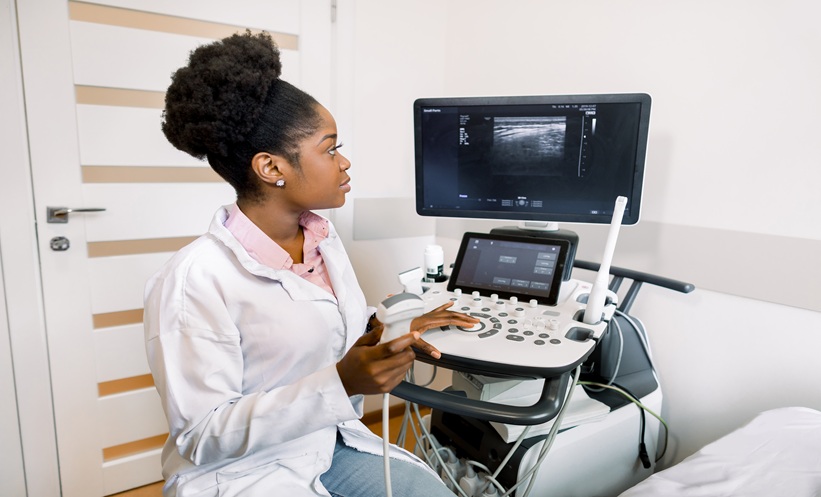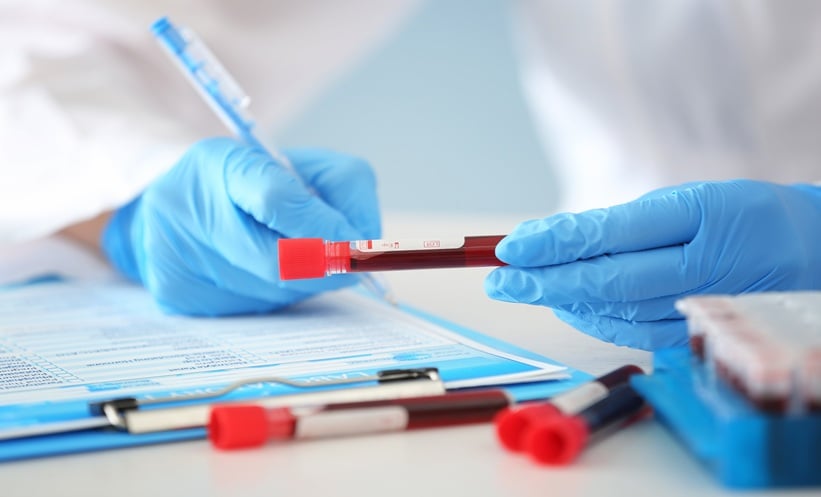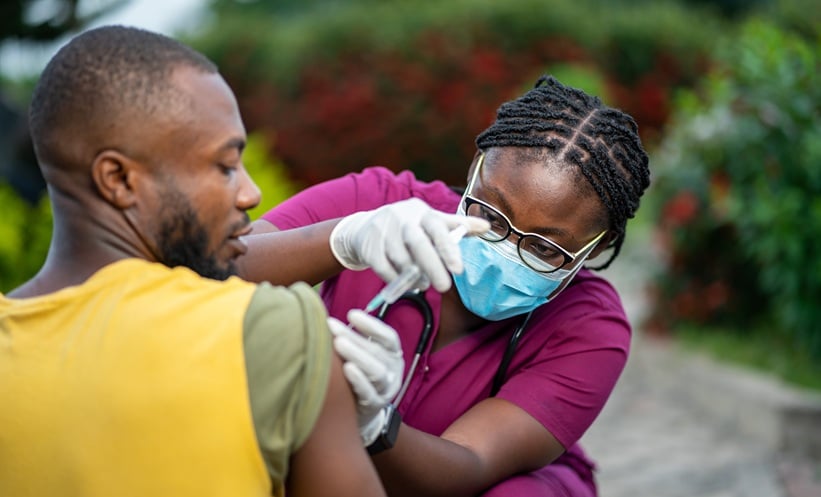A RARE gram-positive bacterium, Lawsonella clevelandensis, has been identified as the cause of a recurrent breast abscess in a middle-aged woman, underscoring the importance of molecular diagnostics for accurate identification of difficult-to-culture pathogens.
The case involved a 46-year-old female with a 6-year history of recurring left breast abscesses. Traditional diagnostic testing, including assays for Mycobacterium tuberculosis and resistance markers, returned negative results. Definitive identification was achieved through a metagenomics capture sequencing test, which revealed Lawsonella clevelandensis with 99% confidence and no detected resistance genes.
Treatment began with ultrasound-guided puncture and irrigation of the abscess, followed by a 16-day course of intravenous piperacillin-tazobactam. Upon discharge, the patient transitioned to oral amoxicillin-clavulanate in combination with metronidazole. One month after discharge, Doppler ultrasound confirmed marked reduction in the abscess, and at 3 months the patient remained symptom-free despite discontinuing antibiotics for more than a month.
The clinical presentation of Lawsonella clevelandensis infection resembles that of other acid-fast organisms such as Nocardia and Mycobacterium tuberculosis. Misdiagnosis may lead to inappropriate therapy and prolonged disease course. Because the bacterium is extremely difficult to culture, gene sequencing remains the primary diagnostic tool.
Authors emphasized that while overall prognosis is favorable with prompt recognition and treatment, clinicians should consider Lawsonella clevelandensis in the differential diagnosis of recurrent abscesses. Successful management typically requires timely drainage and tailored antibiotic therapy.
Reference:
Liu Y et al. Recurrent breast abscess caused by Lawsonella clevelandensis: A case report and literature review. Medicine (Baltimore). 2025;104(35):e44218.








